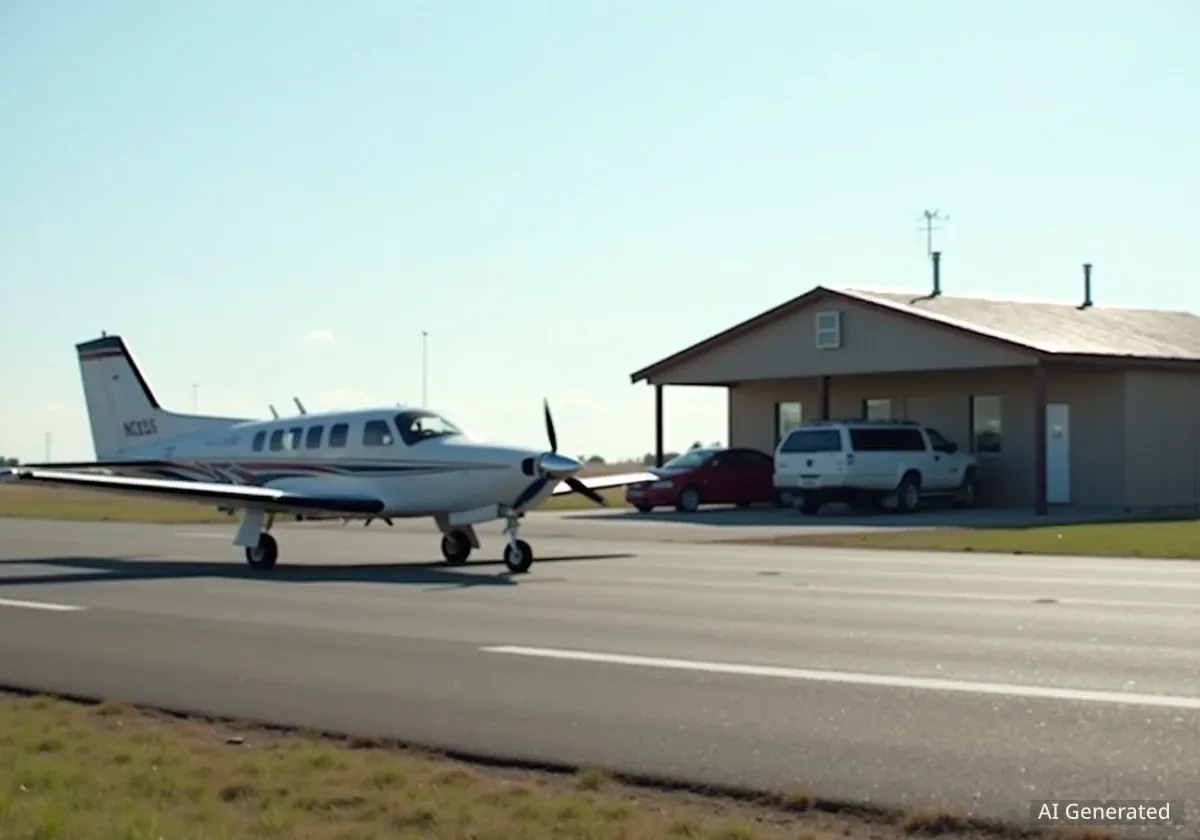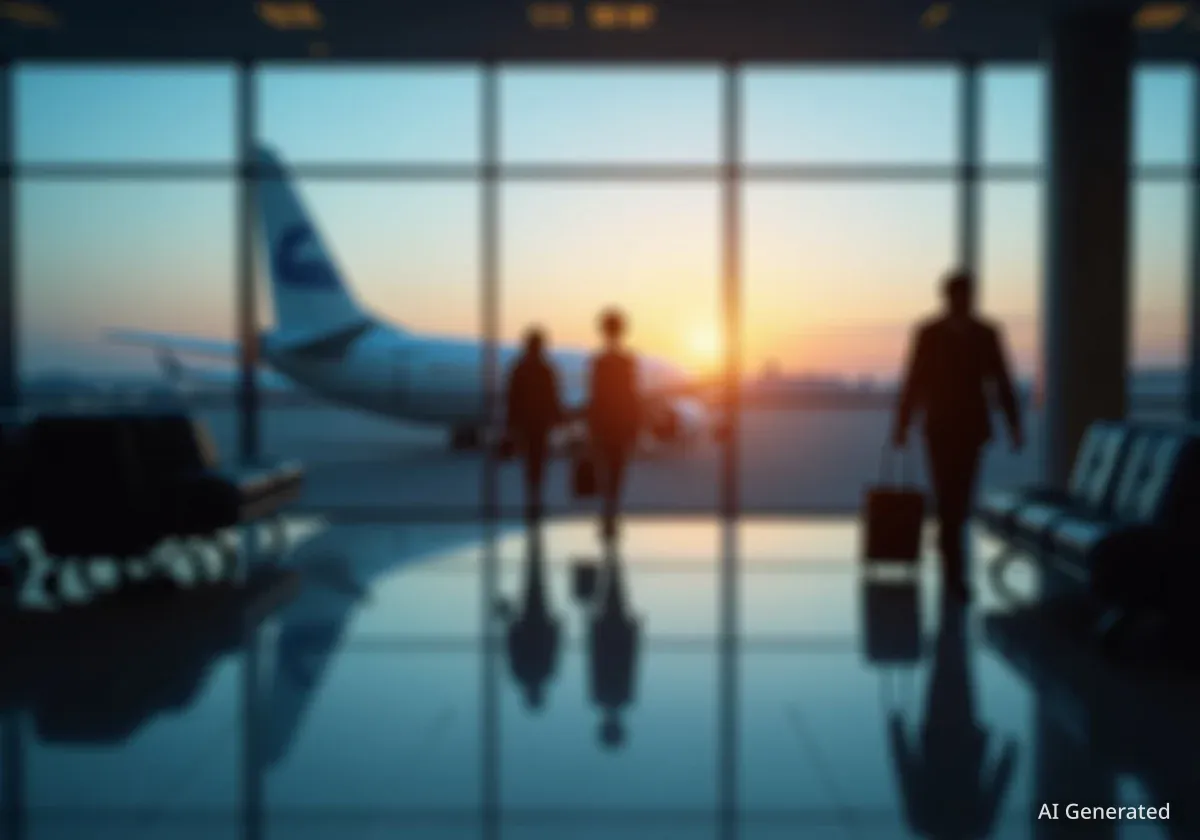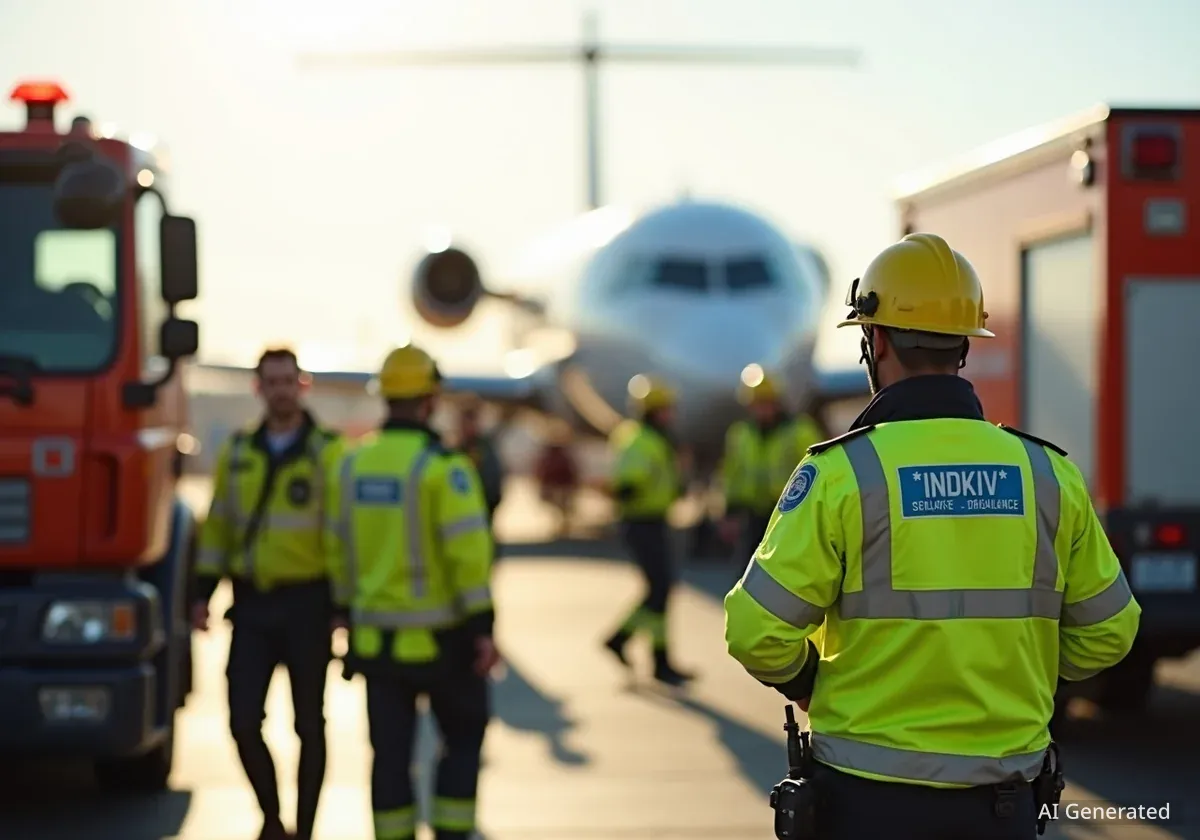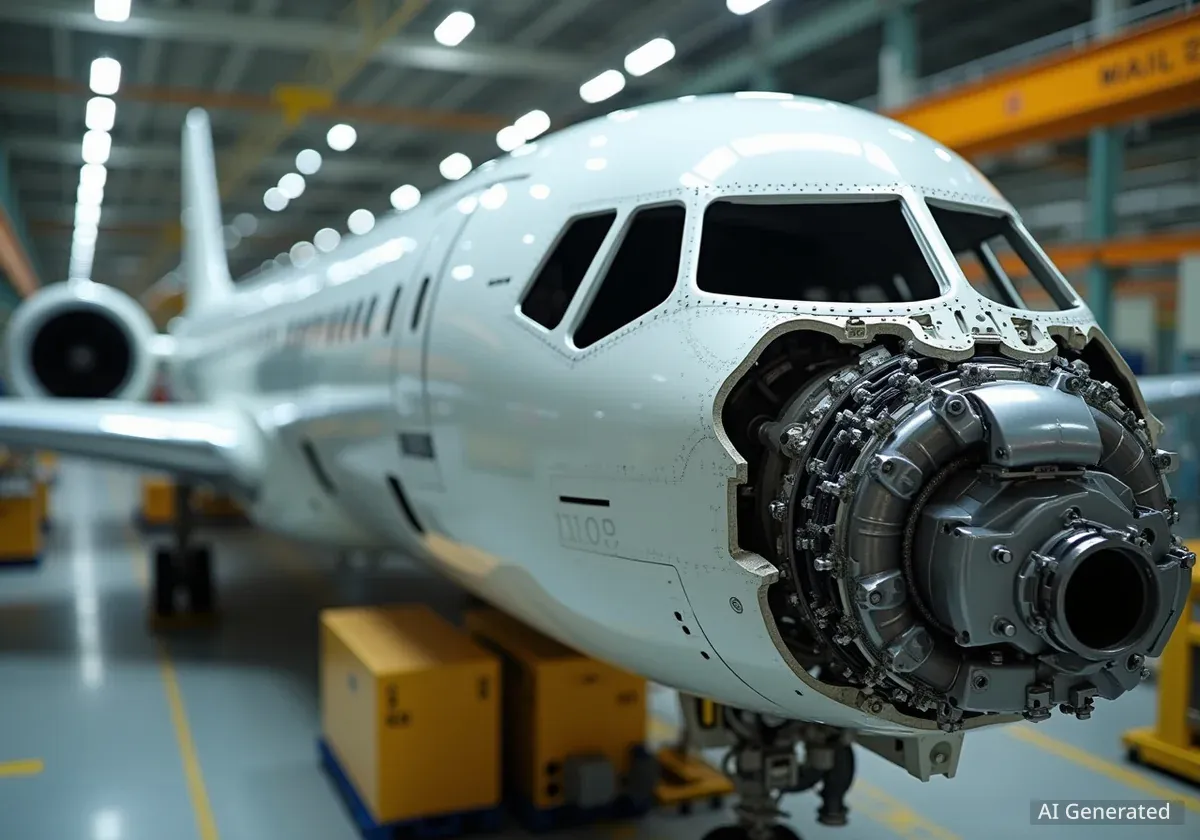The Essential Air Service (EAS) program, a government initiative established nearly 50 years ago, continues to provide vital commercial air travel connections for small, isolated communities across the United States. This federal subsidy program ensures that residents in areas with low passenger demand still have access to air transportation, a service often deemed unprofitable by commercial airlines.
Initially created following the Airline Deregulation Act of 1978, EAS aims to prevent these communities from becoming completely cut off from air travel. Airlines, operating as commercial entities, prioritize routes with high demand and profit potential. Without the EAS program, many smaller towns and villages would likely lose their commercial air links.
Key Takeaways
- The Essential Air Service program subsidizes commercial flights to 177 small, isolated communities in the U.S.
- It was established after airline deregulation in 1978 to ensure continued air access for rural areas.
- Airlines often use smaller, propeller-driven aircraft for these routes due to lower passenger numbers.
- The program's funding was approximately $340 million in 2021 and has increased since then.
- Debate continues over the program's cost-effectiveness versus its importance for community connectivity.
Origins of the Essential Air Service Program
Before 1978, the U.S. government held significant control over the airline market. This included setting routes and prices. The Airline Deregulation Act of 1978 changed this, allowing airlines to make their own decisions about where to fly and how much to charge. This shift was intended to foster competition and lower fares.
However, a direct consequence of deregulation was that airlines began to discontinue services to less profitable routes. These often included smaller communities where passenger numbers were low. Recognizing the potential for these areas to become isolated, Congress established the Essential Air Service program. Its purpose was to maintain a basic level of air service for these communities.
Program Reach
- The EAS program currently serves 65 communities in Alaska.
- It also supports 112 communities in the lower 48 states.
- In total, 177 communities rely on EAS for commercial air travel.
How the Program Operates
Under the EAS program, the Department of Transportation (DOT) invites airlines to bid for contracts to serve specific routes. These contracts typically last between two and four years. The winning airline receives government subsidies to operate flights to and from these designated small communities.
For airlines, these subsidized routes offer a guaranteed revenue stream. This makes operating flights to otherwise unprofitable destinations financially viable. The program ensures that even remote towns can maintain a connection to larger transportation hubs.
Aircraft Used for Essential Air Service Routes
Due to the lower passenger volumes on these routes, airlines commonly use smaller aircraft. Many of these planes have seating capacities ranging from 30 to 50 passengers. Some of these aircraft are even propeller-driven.
While propeller planes are efficient at lower altitudes and for shorter distances, their use for commercial passenger travel is less common today compared to jet aircraft. However, for EAS routes, their operational efficiency aligns with the program's goals of providing cost-effective service to smaller airports.
"Most weather planes still rely on propellers for several reasons, including their efficiency at lower altitudes," notes aviation expert Noel Philips. "However, it's relatively uncommon for this type of aircraft to be used for commercial travel today." While true for mainstream travel, it highlights the unique operational needs of EAS routes.
Program Costs and Funding
The Essential Air Service program involves significant federal expenditure. According to USA Today, the Department of Transportation allocated approximately $340 million in grants for the EAS program in 2021. This funding level has increased since then, reflecting the ongoing commitment to supporting these air links.
There have been discussions regarding the program's budget. For example, a previous proposal aimed to cut EAS funding by 52%. This would have resulted in roughly $308 million being removed from the program's budget at that time. Such proposed cuts underscore the ongoing debate about the program's financial impact and its necessity.
Deregulation Impact
The Airline Deregulation Act of 1978 aimed to boost competition and innovation in the airline industry. While it largely succeeded in reducing fares and increasing flight options for major routes, it also led to airlines abandoning less profitable ones. The EAS program was a direct response to this unintended consequence, ensuring that basic air service remained available nationwide.
Debate Over Program Continuation
The question of whether the Essential Air Service program should continue is complex. It involves balancing the needs of isolated communities with concerns about taxpayer costs and efficiency. Many communities served by EAS strongly advocate for its continuation, emphasizing its critical role in their connectivity.
For example, some villages in Alaska have no connecting roads. Air travel is their only viable link to essential services, goods, and larger population centers. Michele Greenamyre, interim city administrator for McGrath, Alaska, stated to the Alaskan Beacon, "I would not be able to travel to Anchorage for medical reasons without EAS. The round-trip airfare would be too much." This highlights the life-sustaining aspect of the program for some residents.
Economic and Social Benefits
Other communities, like Page, Arizona, also express gratitude for the program. Page is located more than four hours by car from the nearest major metropolitan areas. Residents there report that subsidized flights are crucial for maintaining the local tourist economy. Tourists can reach the area more easily, supporting local businesses and jobs.
These flights provide access to medical appointments, educational opportunities, and goods that might otherwise be difficult or impossible to obtain. For many, EAS is not just about convenience; it is about maintaining a basic quality of life and economic stability.
Arguments Against the Program
Despite its benefits, critics argue that the EAS program is inefficient and an unnecessary burden on taxpayers. A common point of contention is the cost per passenger. Detractors claim that taxpayers often subsidize roughly $100 per passenger on these flights. This figure raises questions about the program's economic efficiency.
Some opponents suggest that passengers in certain areas could drive to alternative airports if the subsidized flights were not available. They argue that these flights are not always the only option for travel. Furthermore, the growth of charter operations between small airports is making private flights more affordable. This development could potentially offer an alternative to subsidized commercial routes in the future.
The Essential Air Service program was originally intended to expire by 1988. However, it has continued for over four decades, outliving its initial sunset clause. This longevity fuels the ongoing debate about its necessity and long-term viability in a changing transportation landscape.
- 1978: Airline Deregulation Act passed, leading to EAS creation.
- 1988: Original intended expiration date for EAS.
- 2021: DOT allocated approximately $340 million for EAS grants.
- 177: Number of communities currently served by the program.
The program's future remains a subject of discussion among policymakers and the public. Its role in connecting remote communities is undeniable, but the financial implications continue to be a point of review.





